Lunar Maria: Volcanic Basins on the Moon
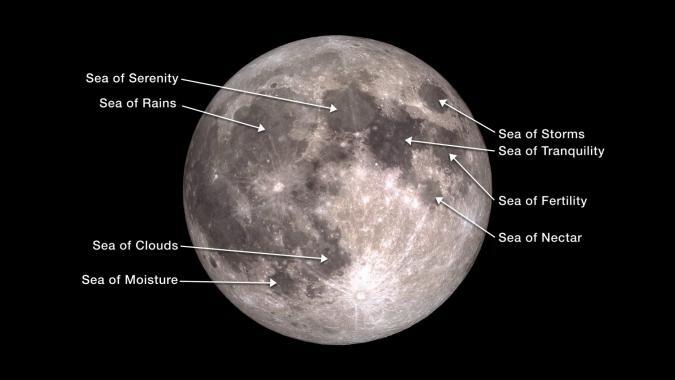
What are the dark spots on the moon?
One of the main things you notice on the moon is that it has bright and dark areas across the surface.
Everybody’s familiar with the man on the moon, right?
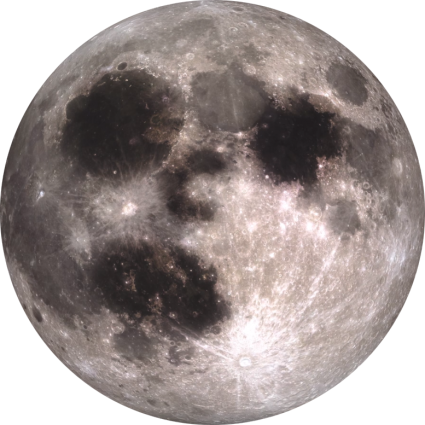
The dark areas are known as “mare” (or maria) which is the Latin word for “seas”. They’re called maria because early scientists believed they could see oceans on the moon. But the dark stretches on the surface of the moon were not oceans at all.
What the “maria” actually turned out to be were volcanic basins. They were created in the aftermath of ancient impacts billions of years ago. After the impacts, the craters filled with lava. Eventually, the lava cooled. These flat flood basalts formed smooth lunar maria.

The Sea of Tranquility Maria
One of the most famous maria is the Sea of Tranquility.
This was the landing site chosen by Apollo-11 in part because it was fairly smooth and level.
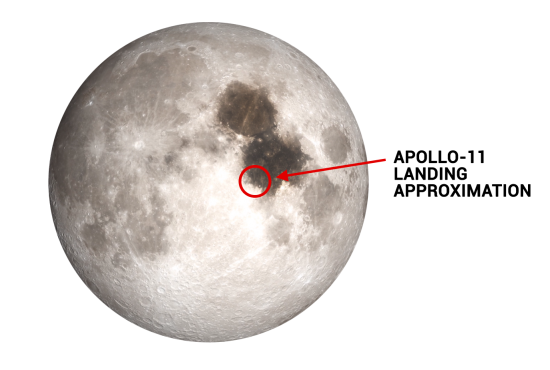
Apollo-11 is world renowned because it gave mankind its first-ever walk on the moon.
Not only as a landing site, but also made an easy trek for Neil Armstrong.
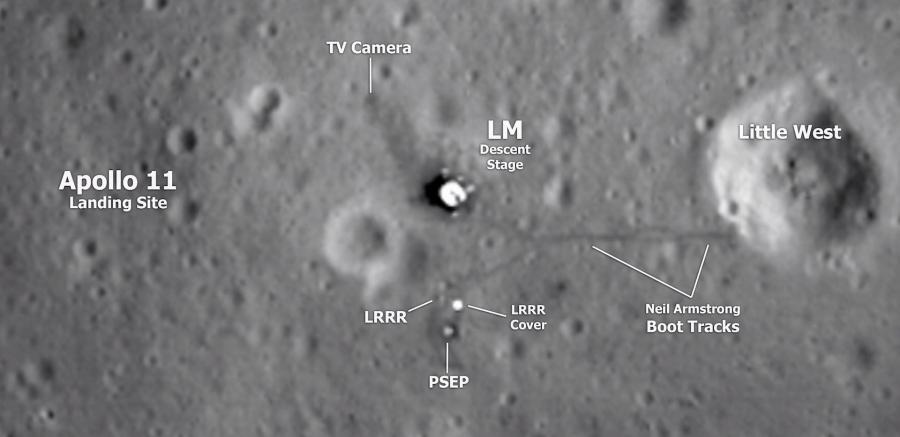
What Is a Lunar Maria?
Lunar maria are large, dark, basaltic plains on the moon’s surface, primarily formed by ancient volcanic eruptions.
Volcanic basins (Lunar Maria) are found on the Moon. This is because ancient volcanic eruptions were the driving force behind them on the moon.
Please use the comment form below to get in touch with us if you have any questions about Lunar Maria.

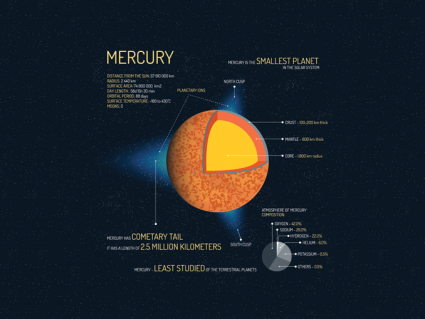

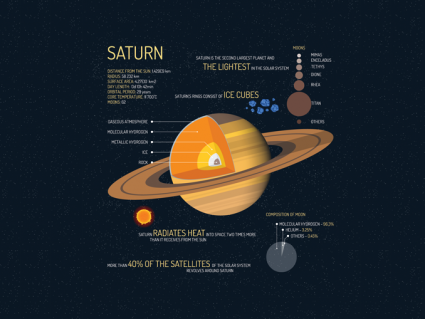
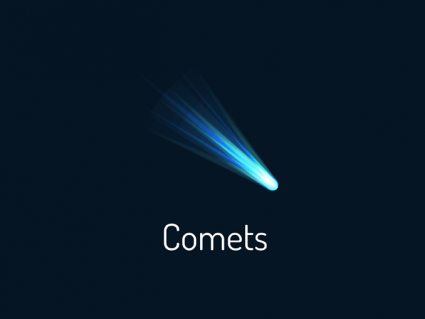
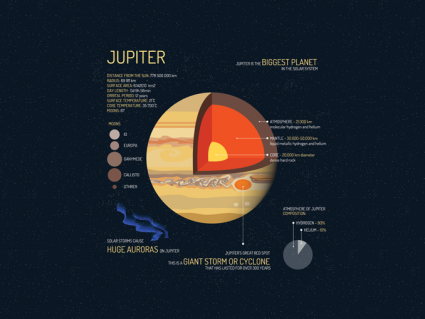
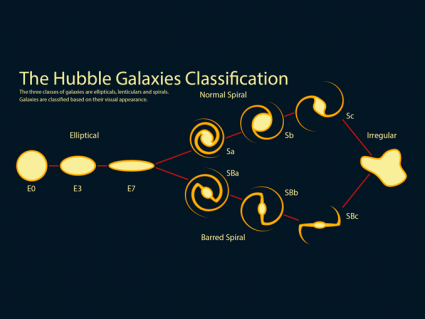
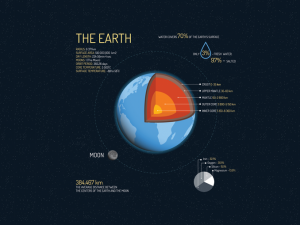
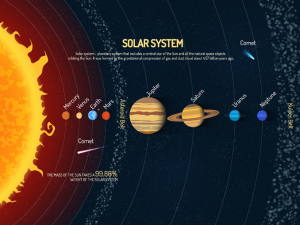
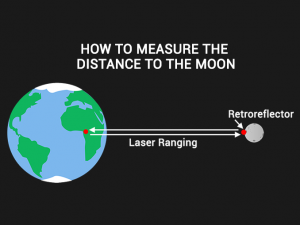
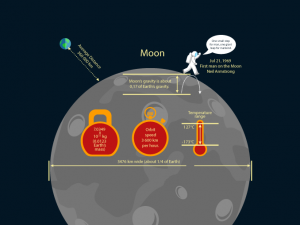
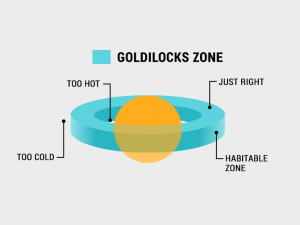
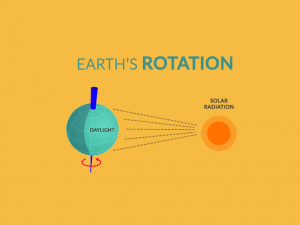
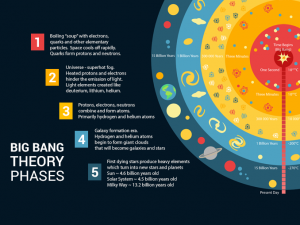
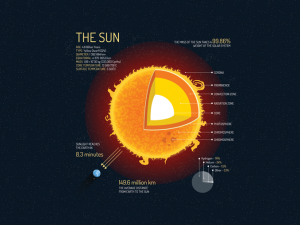
“Lunar maria are large, dark, basaltic plains on the moon’s surface, primarily formed by ancient volcanic eruptions.”
what proof do you have to suggest that the melt that fills the maria is the product of volcanism?
* an operational dynamo is the criteria for determining if a planet is alive or not. its the generator that powers up the sphere and keeps it rotating. the dynamo is located in the liquid outer core.
* * You can have a dynamo without a volcano but you cannot have a volcano in the absence of a healthy dynamo that is producing a global magnetic field.
if the maria was the product of natural geological processes (volcanism) then the mag field will have left behind conclusive undisputable evidence to prove it. specifically, the iron inside of the hot melt aligns itself to the magnetic poles like the needle on a compass. when the melt solidifies the iron records the newly formed rocks orientation relative to the prevailing mag field. that didn’t happen on the moon. none of the basalt in the maria was aligned by a functioning mag field when it turned to stone which means that the dynamo was not operational when the maria solidified. no dynamo – no volcanos.
Summary; The melt that fills the maria is no more volcanic than it is “water” and that assumption has set planetary science back 50 years.
so if volcanos didn’t create the maria then what did? is something that you need to think long and hard about.